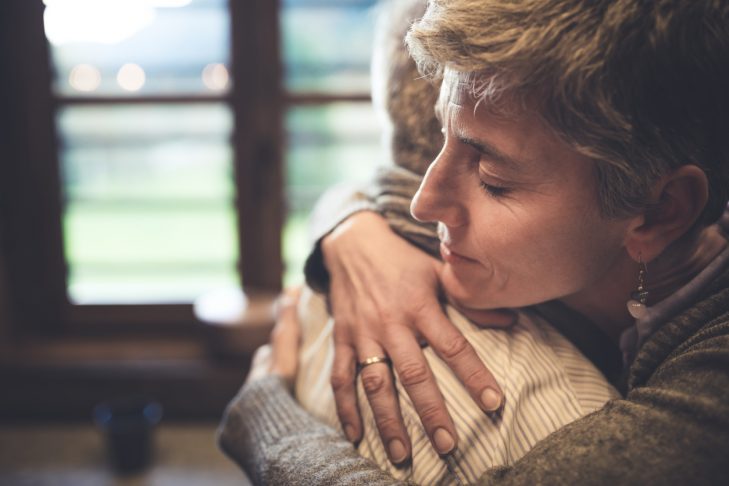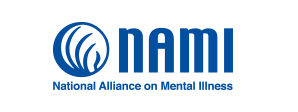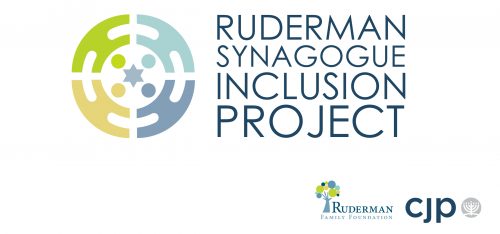Shaarei Tefillah, where Judi Roth and I have been members for many years, was honored to be among the first cohort of RSIP shuls, communities now involved in the Ruderman Synagogue Inclusion Program. With two years of grant funding we began the journey to make the inclusion of people with disabilities a visible and standardized part of the daily workings of our community. We were in a good place to begin this journey. Shaarei has a long-standing reputation for inclusivity, enhanced throughout the years by the efforts of our members, leadership and the guidance of Rabbi Benjie Samuels.
When Judi first asked me to step in as co-chair with her for the Inclusion Committee, I felt really good about it. Aside from the fact that personally asking a person to do anything increases the chances they will agree, Judi and I had known each over the course of many years, sharing where our kids went for day care and other educational experiences along the way. Co-chairing an Inclusion Committee together seemed like a good plan.
We have spent the last 28 months immersed in Inclusion. We attended Reelabilities films and RSIP conferences and workshops. We have gone to hear speakers, plays and other programs and brought these experiences back to the community. Our ‘immersion’ has spilled over into the kahal in significant and lovely ways. Over time, individuals sought our resources and support. Others became involved with the committee and workgroups, for example on allergy friendly shul events.
We began by defining our objectives. Creating a ‘buzz’ was our first step in getting the community engaged. We held many programs, some of which are, or have become, annual events. There was so much amazing positive feedback after hosting the first Yacahd Shabbaton, that we are signed up for another year. This is a good sign of the ongoing buy-in from the kahal, and we are glad of that. It is our belief that the daily actions of Inclusion are more than attending or appreciating programming. It is about ‘being inclusive’, a state of being. The culture, or state of being, of our community has always trended towards being an inclusive one, but there is always room to grow and always new challenges which await us.
One new challenge is how to address mental health as an area of disability. A person can qualify for government disability with a diagnosis of mental illness, but can a shul Inclusion committee make the same connection? Mental Illness (MI) is only recently coming out of the shadows. It is still too often the “C-word” of our times. There is medical evidence supporting the view of mental illness as brain dysfunction or disorder, not unlike epilepsy, Alzheimer disease, MS, Parkinson’s or migraine. Although these neurological diseases are differentiated from mental illness, overlaps are showing up in research and treatment. Still, the cultural mythology of the mentally ill individual as possessed by holy or demonic forces, or as just plain ‘crazy,’ is ages old. It is not easy to recalibrate our social sensibilities, despite our best and most informed efforts.
We chose to look to NAMI and the “In Our Own Voices” program to begin this particular effort to reduce stigma and enhance inclusion. Our ‘Evening of Film and Conversation” included a film short about a young girl with Tourette’s syndrome and the challenge of being accepted by her peers. There was a great deal of Q&A and discussion at these events which told us people had serious commitment and/or connection to this subject. A congregation member stepped up and beautifully delivered a d’var torah about their own experience with mental illness in the family. Some folks applauded this and some folks took a step back from the conversation with a cringe. This is to be expected and needs to be validated.
This is hard stuff to talk about. It is even harder to live with.
We know there are many families in every congregation who struggle with someone living with a mental health problem. The NIMH estimates 1 out of 4 people have a diagnosis of mental illness. Synagogue memberships are not exempt. When McLean Hospital and Logan airport teamed up to create a huge exhibit about people with mental illness, we encouraged people to go see it, even if they were not traveling. One way to de-stigmatize something is to normalize it. Normalcy comes, in part, from incidence or frequency of experience. The more often an illness occurs in the population, the more comfortable we ought to be addressing it. However compared to 1 in 4 Americans with mental illness, only 1 in 11 have diabetes and we are mostly okay with talking about insulin, diet and sugar levels. The incidence of high blood pressure is only slightly higher than MI, 1 in 3, and no one is fazed when they say they take a statin medication, whereas they might be when saying they take a mood stabilizer medication. Normalcy also comes from familiarity, education and information.
We provide exposure to create awareness of MI and its prevalence – more than diabetes and nearly as much as high blood pressure – but is still something we hesitate to talk about. We provide education through programming – yes, but also by communicating about exhibits, lectures, articles and TedTalks. We share information about resources and services in the community. We make it even more personal with new ‘bathroom flyers’ on Mental Illness, now hanging in the stalls next to the more familiar flyers on domestic violence.
Imagine a community where people are confident and comfortable as well as appropriate in their welcoming of and interactions with all who enter the synagogue and our community life. To the person in a wheelchair or with other medical supports. To the person with weaker social skills, or who is not as articulate as his/her peers. To the person who seems ‘off’ in some way or displays behaviors such as being intrusive, quick to anger or moody.
Imagine a community where there is an organic process for families and individuals struggling with issues that seem to keep them apart from their community, an organic process to access what they need from their community. It might be a physical or mental health illness with associated needs, fatigue and financial depletion. Or living with the chronicity of an ongoing or progressive issue which effects participation in events or classes and may result in feelings of isolation. Almost every type of disability has the potential to impact our daily needs for connection. Physically getting to shul, being part of the social fabric of Shabbat at Kiddush, getting around the building, being a part of ritual life and, even something as mundane, but really important, as being able to independently open the bathroom doors are issues that require ongoing attention. Above all of this is the attitude, the culture of including all those who come through our doors with acceptance and not dismissiveness, validation and not judgement.
This is how we all can become our best selves, using our faith and practice to benefit the entire kehillah and the community at large, to nurture both our neighbors and friends and, indeed, ourselves.
“The strength of kehillah should be measured not in in membership units and the length of weekly announcements, but also by our manifest inclusivity and our capacity as a halakhic community to learn and improve, to outreach and in-reach, to grow together through full encounter of Torah uMitzvot.”
~ Rabbi Benjamin Samuels
This post has been contributed by a third party. The opinions, facts and any media content are presented solely by the author, and JewishBoston assumes no responsibility for them. Want to add your voice to the conversation? Publish your own post here. MORE




